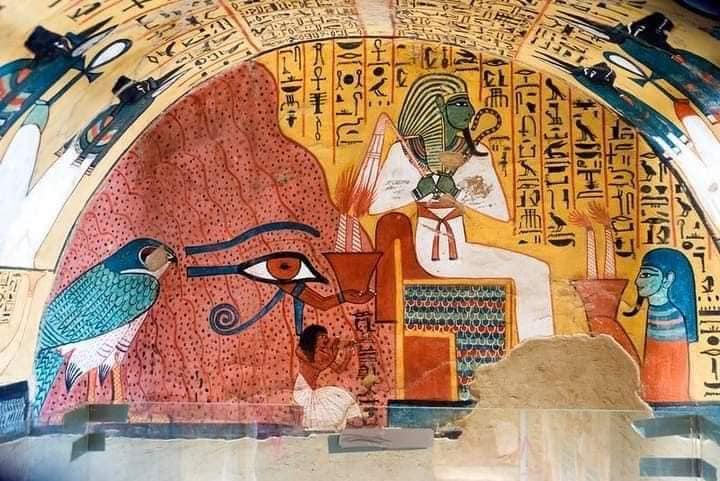The Jid pillar amulet-Egypt Magic
Although the origin of Jid and what it represents is still ambiguous and the subject of differing opinions and interpretations, it has important doctrinal and harmonic meanings if it is associated with deities (Ptah / Sokar / Ozir / Anjali) if it is known as a symbol. A pillar carried in religious ceremonies (the ritual of setting up a djed pillar within Celebrations of the month of Kiahk) was also known as a symbol of stability, continuity, living permanence.
The Jid column played a great role in the royal, worldly, religious, and funeral life, and it was one of the popular decorations in architecture, tools, ornaments, and furniture. It also appeared in the decorations of the decorative tools as a religious symbol for it.
The first beginnings of the appearance of the Jid mark went back to prehistoric times, and it had retained its status and sanctity even after the end of the eras of ancient Egyptian history when the ancient Egyptians used it as one of the most famous symbols of theirs.
The oldest models found are two models made of ivory, which were found by “Zaki Saad” in one of the cemeteries of Ezbet Al-Walda in Helwan, dating back to the first family.
And the Djed pillar has been associated since the ancient state with the deity “Ptah,” where he was called “Ptah the noble Jid ” and was the revered pillar.
What is the image of Ptah holding in his hand the sceptre of Ankhwas Jid as it was closely associated with the birth of the sun? The solar and heavenly concept of the Osiris doctrine in scenes supports the sun disk from below. As a result of this connection, I imagined the texts of the pyramids, four very symbols supporting the four sides of the sky.


Comment (0)